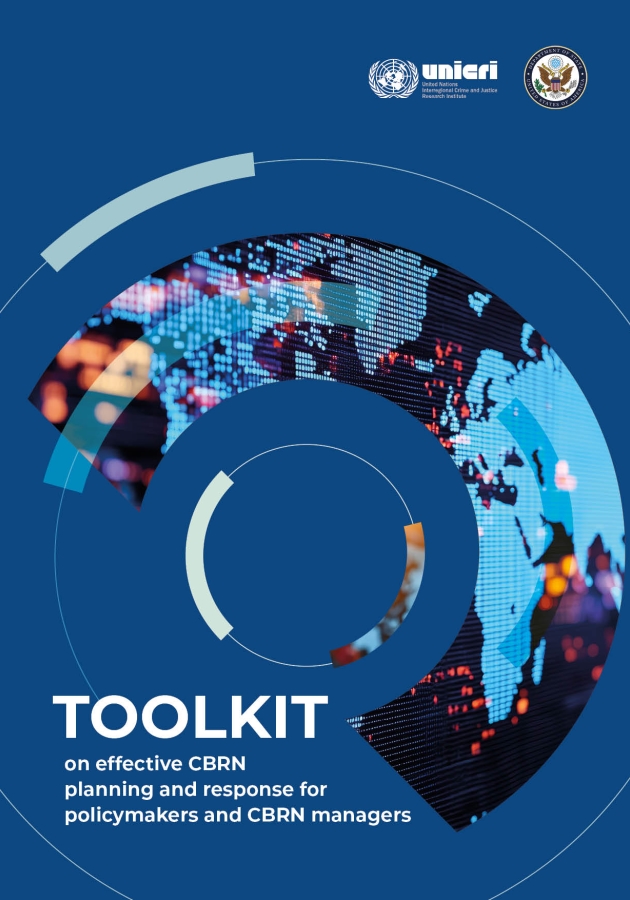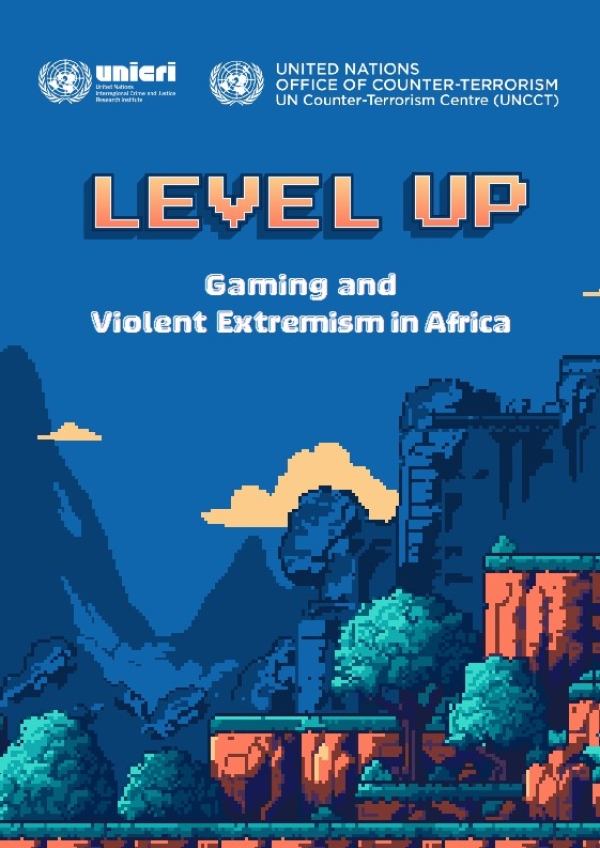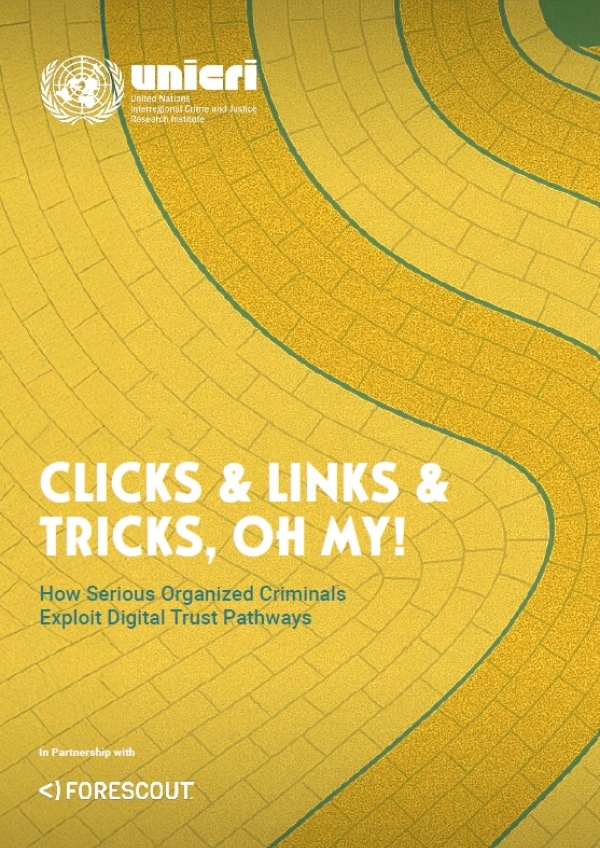Chemical, biological, radiological and nuclear (CBRN) incidents pose a significant threat to global safety and security. These events can result in devastating human, environmental, and economic consequences, while also undermining public trust and social stability. Effectively managing CBRN risks requires a coordinated and strategic approach—one that goes beyond immediate response to include long-term planning, capacity building, and interagency collaboration.
To address this need, UNICRI has developed the Toolkit on Effective CBRN Planning and Response for Policymakers and CBRN Managers. The publication is designed to support decision-makers—such as policymakers, emergency management officials, and CBRN managers—by providing practical, step-by-step guidance to strengthen national strategies for both planning and responding to CBRN incidents.
Structure and key components
The Toolkit is divided into two main sections:
Planning: This section outlines how to conduct risk and capability assessments, develop CBRN response plans, allocate resources, establish strategic frameworks, and implement training programmes. It also emphasizes the importance of public communication strategies and international cooperation.
Response: This section focuses on the operational execution of CBRN response plans. It includes guidance on establishing a unified command structure, conducting rapid assessments, mobilizing resources, managing communications, collecting evidence, and declaring states of emergency where needed.
Each section presents structured steps, identifies common challenges, and offers examples of good practices—helping users apply the guidance to a wide range of national and regional contexts.
The Toolkit also includes a concise Roadmap that summarizes key actions and serves as a quick-reference guide for strategic-level decision-making.



